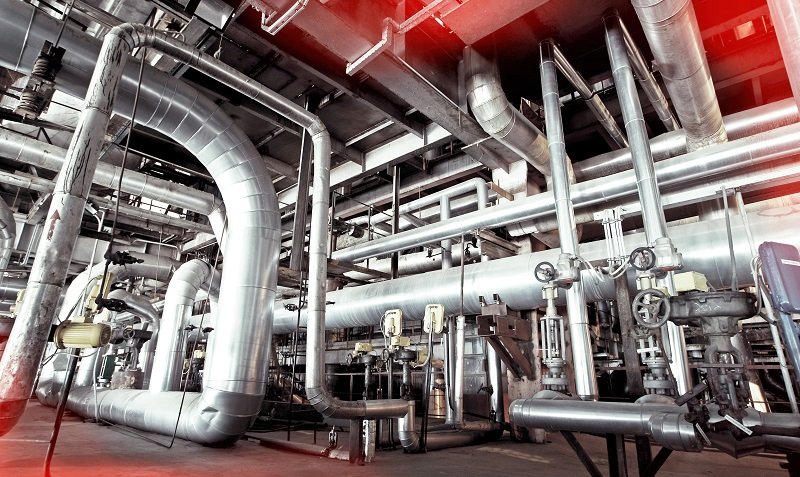If you’ve been researching your options for a heating, ventilation, and air conditioning (HVAC) system, you’ve likely come across the terms “traditional” and “modular” ducting. Are you wondering how they differ from each other and which one could be the best fit for your home? Amidst the profusion of complex technical jargon, it can be challenging to decipher which solution aligns with your specific needs. In this post, we aim to help you navigate the labyrinth of HVAC decisions by comparing traditional and modular ducting.
What if you could ensure your home’s comfort, energy efficiency, and air quality with a well-informed decision? Wouldn’t you breathe easier knowing that your choice contributed to home sustainability? With modular ducting gathering momentum in the interior design sector, it’s time to elucidate what sets it apart from its traditional counterpart. Shall we take the plunge?
Through the lens of infrastructure, design, installation, energy efficiency, and cost, we’ll dissect these two systems to help you make a well-versed selection. Rest assured, we’ve got you sorted on this HVAC head-scratcher!
What is Traditional Ducting?
Traditional HVAC ducting has been the cornerstone of residential and commercial ventilation for several decades. Fabricated from metal, these ducts channel the air from your HVAC system to the various spaces in your home or office. Traditionally, these ducts are professionally designed, custom fit, and installed into the structure of your building. One of the key advantages is the ability to deliver a robust and durable solution. However, as you might suspect, this strength comes coupled with certain drawbacks.
The Pros and Cons of Traditional Ducting
While the durability and longevity of traditional ducting remain commendable, it presents a stiffness which does not align with the increasing trend towards flexible living spaces. Furthermore, the installation process is time-consuming and can be disruptive to homeowners. Additionally, the customisation of traditional ducting contributes significantly to its overall cost.
What is Modular Ducting?
Modular ducting, a modern entrant in the HVAC arena, provides a fresh perspective on air distribution design. These ducting systems are pre-manufactured in ‘modules.’ Made using light-gauge steel, aluminium, or fabric, modular ducting can be conveniently assembled onsite. Its design facilitates flexibility and makes modifications easier than with traditional ducting.
The Pros and Cons of Modular Ducting
The advantages of modular ducting lie in its flexibility and ease of installation, both of which resonate with evolving architectural trends and user demands. Moreover, the modular design helps to reduce waste, providing a greener option. However, its potential cons may include limited durability, especially when compared with its rigid counterparts.
Comparing Energy Efficiency
With rising energy costs and a growing consciousness of environmental impacts, energy efficiency has become a crucial consideration in choosing between traditional and modular ducting. While traditional ducting has potential for more significant energy loss, modular ducting designs help to mitigate this through enhanced insulation.
Final Thoughts on Cost Implication
On the surface, traditional ducting may seem like a more costly investment; however, its longevity and enduring performance can equate to savings over time. In contrast, the lower upfront cost of modular systems may be appealing, but potential durability concerns can lead to increased maintenance or replacement costs over time.
Conclusion: Making The Choice
In the showdown between traditional and modular ducting, which emerges victorious? It would be wise to remember that no “one size fits all” solution exists; instead, the choice hinges on individual parameters like installation complexity, budget, durability, and long-term maintenance.
The inherent beauty of architecture lies in its dynamism, where our structures adapt and mold to meet our changing needs. Whether you lean towards the old-world charm of traditional ducting or the modern flexibility of modular ducting, ensure your decision aligns with your home, lifestyle, and future-proofing intentions. After all, the heart of interior design pulsates with personalisation!





